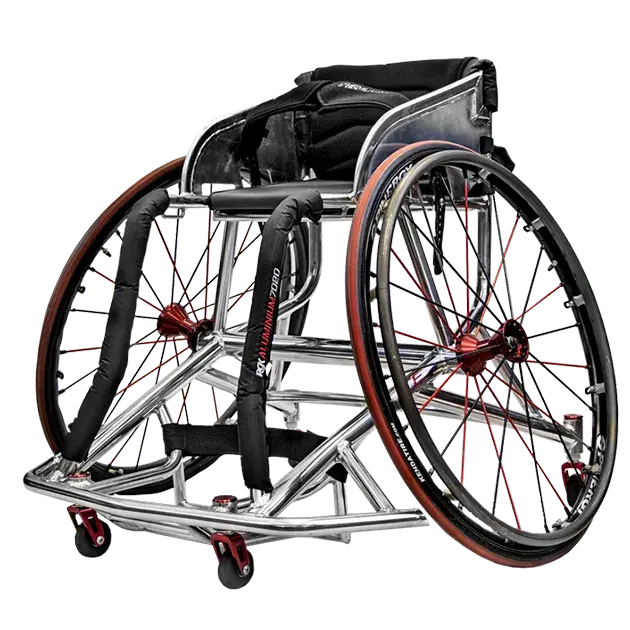Hydrocephalus is a neurological condition characterized by an abnormal accumulation of cerebrospinal fluid (CSF) within the brain's ventricles. This accumulation can cause increased pressure on the brain, leading to a range of symptoms and complications. Approximately 1 in 1,000 people are affected by hydrocephalus, which can occur at any age but is more common in infants and older adults. While the condition presents various challenges, one significant aspect is its impact on mobility. This article will discuss the mobility issues associated with hydrocephalus and offer strategies for managing these challenges to improve the quality of life for affected individuals.
Mobility Issues in Hydrocephalus
Hydrocephalus can lead to a range of mobility issues due to the increased pressure on the brain and the resulting neurological symptoms. The main mobility challenges include:
Balance and coordination problems
Hydrocephalus can affect the brain areas responsible for balance and coordination, making it difficult for individuals to maintain their balance while standing or walking. This can lead to an increased risk of falls and injuries.
Muscle weakness
The pressure on the brain caused by hydrocephalus can result in muscle weakness, particularly in the lower extremities. This weakness can make it challenging to walk, climb stairs, or perform other daily activities that require strength and coordination.
Gait disturbances
Individuals with hydrocephalus may experience changes in their walking patterns, such as shuffling, wide-based steps, or unsteady movements. These gait disturbances can further contribute to mobility challenges and increase the risk of falls.
Cognitive impairments
Hydrocephalus can lead to cognitive impairments, such as memory loss, attention deficits, or slowed processing speeds. These impairments can negatively impact an individual's ability to navigate complex environments or complete tasks that require planning and problem-solving.
Strategies for Addressing Mobility Challenges in Hydrocephalus
There are several strategies that individuals with hydrocephalus and their healthcare providers can implement to address mobility challenges:
Surgical intervention
The primary treatment for hydrocephalus is surgical intervention, which involves the placement of a shunt system to drain excess CSF from the brain to another part of the body. This can alleviate pressure on the brain and improve mobility-related symptoms.
Physical therapy
Physical therapy can help individuals with hydrocephalus improve their strength, balance, and coordination. This can improve overall mobility and decrease the risk of falls or other injuries.
Occupational therapy
Occupational therapists can help individuals with hydrocephalus adapt to their mobility limitations by teaching them new ways to perform daily tasks and recommending assistive devices or home modifications to improve safety and independence.
Assistive devices
Depending on the severity of the mobility limitations, individuals with hydrocephalus may benefit from using assistive devices such as canes, walkers, or wheelchairs. These devices can provide additional support, stability, and confidence, particularly in situations where balance or strength may be compromised.
Cognitive rehabilitation
Cognitive rehabilitation can help individuals with hydrocephalus address cognitive impairments that may impact their mobility. Techniques may include memory aids, time management strategies, or problem-solving exercises to improve cognitive function and daily living skills.
Conclusion
Hydrocephalus can significantly impact an individual's mobility, leading to various challenges in daily life. However, with appropriate interventions and support, these challenges can be managed. By working with healthcare professionals and utilizing available resources, individuals with hydrocephalus can improve their quality of life and maintain a sense of independence despite their condition.





